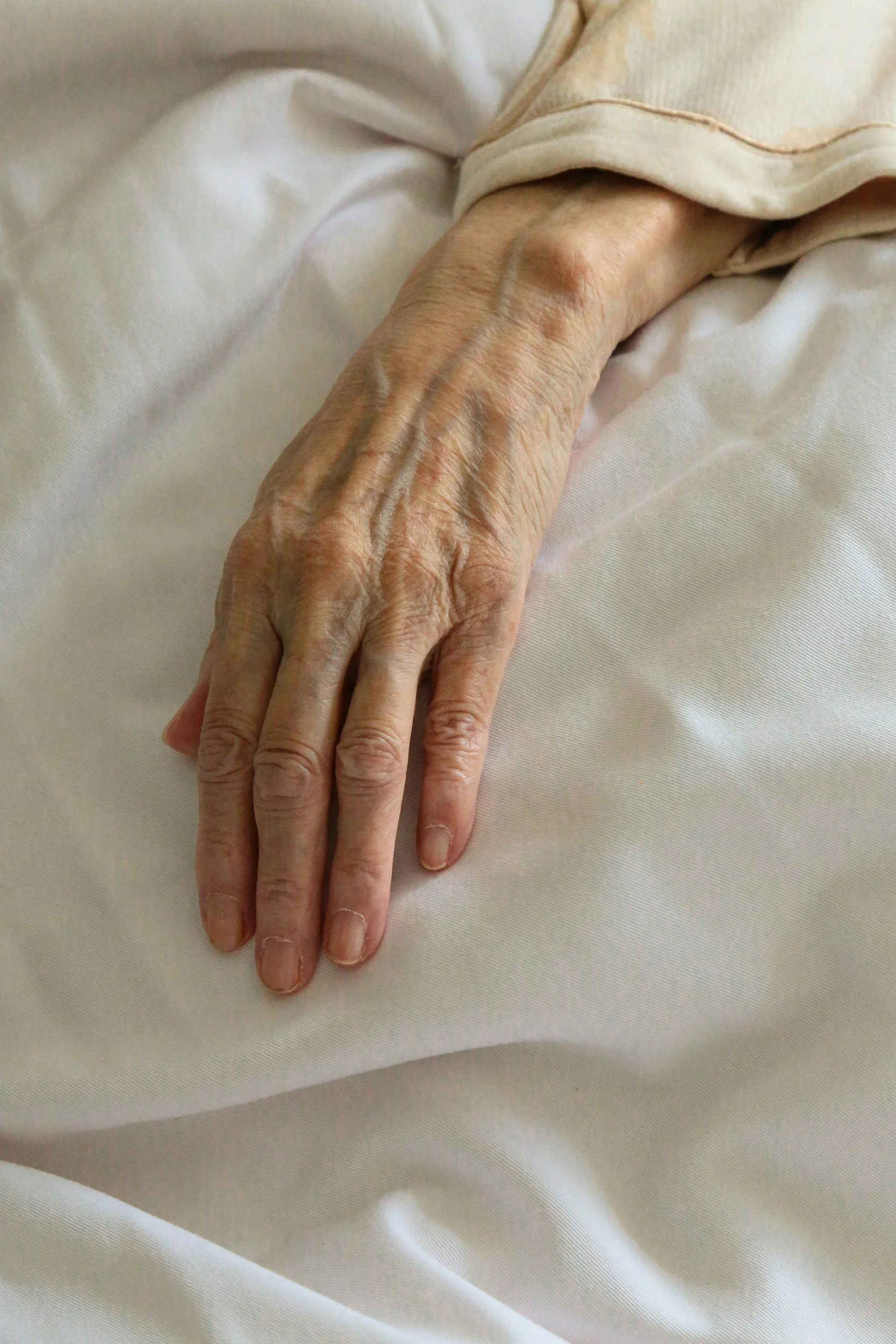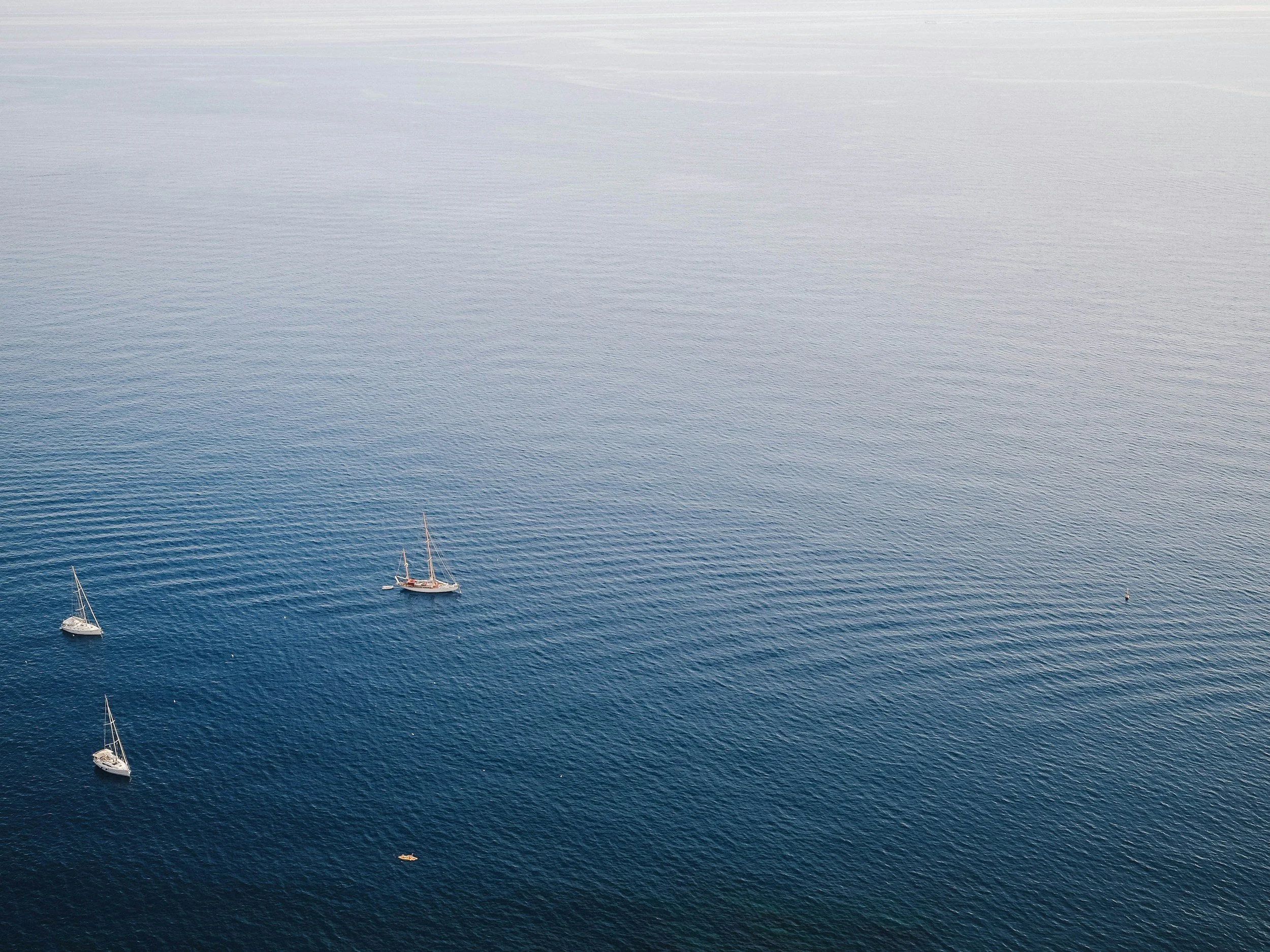Karen and the Heron
When I sent Karen the picture of the great blue heron that had sidled up to me as I sat reading on the beach, she did not yet know that she would die soon. Of course, neither did I. She was sick, and her illnesses were frequent and never satisfactorily explained, but we still believed they would be cured, that someone would figure them out and apply the right treatment. We were just about to turn sixty-one years of age, and we had big plans for getting old, so someone had to figure this out. Surely someone would. We believed this as fiercely as we possibly could, and if either of us ever had doubts, we would keep them to ourselves.
I remember when Karen first told me that she had taken up bird-watching – or “birding” as it had come to be called. It was in the mid-1990s, and we were in Washington D.C.; I was there for a conference and, as I still lived in New Orleans and Karen lived in New York, meeting up between the two places made sense. I ditched a few parts of the conference so we could hit a couple of museums and spend some time lingering over lunches, catching up on each other’s lives. Karen and her partner had bought some good binoculars, invested in a copy of Peterson’s and a few other bird books, and joined a group of fellow bird aficionados on Long Island to catch glimpses of ospreys and hawks. They planned their vacations around the migratory patterns of their subjects. It seemed the perfect pastime for a childless couple with free time and disposable income. She was still new at it then, but eventually I could send her a picture of just about any bird and she would identify it for me. She was a research librarian, so she could always answer questions. I loved that about her.
When we began this friendship, back in high school, we would often spend the last couple of hours of daylight on our intentionally long way home from school at a drugstore soda fountain near her house and my bus stop. We usually had only enough money to split an order of french fries, but that was okay. We would take our time eating those fries, talking about school and dreams and fears and every other thing that occupies a teenager’s mind. We had other things we could have talked about, less typical teenage things, but we didn’t talk about them, not then. We knew they were there – later we would discuss them openly – but back then, we simply sat in silent witness to each other’s pain, and the questions we could not yet ask held us in an invisible bond. We sometimes thought we had answers, as teenagers do, but mostly we had questions – lots and lots of unanswered questions.
In the early summer of 2018, my husband and I were spending a few days at Pensacola Beach. It sits on a long barrier island, the western end of which contains Fort Pickens, a national park. Unlike the hotel- and condo-packed beaches a few miles east, the beaches here are quiet and sparsely populated. My husband was taking a walk through the low scrub on the inland part of the island, and I was reading a memoir by someone with post-traumatic stress disorder. I like reading about how other people experience PTSD, because there are so many differences embedded in the fundamental phenomena that exist across cases. I’m a trauma therapist, so I’m expected to be good at shepherding people through immense pain. I sometimes find that ironic.
As I read, I got that odd sensation that I was being watched. I looked up, expecting to see my husband or some kid who had wandered from her family. But instead, there was this bird. It was at least three feet tall, and had shaggy blue-grey feathers fluffed up by the ocean breeze. It looked like it needed a comb, or maybe a hangover remedy. It stood patiently as I retrieved my phone from my bag and took a picture and texted it to Karen. My knowledge of tall birds is extremely limited, so I just took a stab at naming it – a crane maybe? I also got a picture of a bird I had never seen on the beach before, a little bigger than a sandpiper but smaller than a seagull. That one stumped Karen, but only briefly. Turns out it was a “ruddy turnstone.” What a great name.
Like I said, Karen could answer questions. She was tenacious – sometimes I would have already lost interest in the question when she delivered the answer, but I would never let her know that. The answer was her gift to me, and it was up to me to accept it graciously.
We both had questions that had no answers. For Karen, a lot of them were about holes in the stories of her life and her family, holes rimmed by betrayal, loss, and aloneness. Mine tended to be “why” questions, equally unanswerable and with edges that burned and cut, but less specific than hers. When we could spend time together, usually when I visited her in New York, we would sit at her kitchen table and bring those questions out to look at them and turn them over, to see if any new understanding could be applied like a balm to their painful edges. I had always thought of those questions as absences, empty spaces waiting to be filled. But now I realize that the questions themselves have substance, they have mass, they are tangible objects in the architecture of our lives, and as they remain unanswered, they grow. They are like cancer. Maybe they actually are cancer, and Karen’s transformed into a cancer that could be found on a PET scan while mine, at least so far, have not.
I spent some of that same summer I encountered the heron, the summer of 2018, with Karen. She had been diagnosed with a recurring liver abscess and she was on IV antibiotics at home. The abscess had been opened up and a drain inserted, so I came up to help her manage those things. A lifetime ago I used to be a nurse, so I can handle drains and dressings and IVs. But mostly I came because my friend was beginning to lose hope. She was beginning to realize that the questions facing her might not have answers, at least none that she could find. And she began to allow me to see that she was scared.
As summer eased into fall, and the New Orleans weather became a bit less oppressive, I started taking walks during my lunch break at work. My office is near a small bayou and the trail around it makes for a nice walk. The birds I most often encounter are seagulls and snowy egrets, and sometimes ducks paddling softly through the still water. The bayou connects with Lake Pontchartrain, which itself connects with the Gulf of Mexico, and once in a while a brown pelican, maybe getting a little bored with the lake, will come by.
As I walked, I would often call Karen because it was a rare hour of uninterrupted time, and I liked telling her what the neighborhood looked like, that they had finally repaired the footbridge and painted it bright blue, and every now and then someone would be fishing from the bridge or just from the edge of the bayou. I would send her pictures of the row of brightly colored shotgun houses and creole cottages on the opposite shore as they were reflected on the still water of a perfect blue-sky autumn day. I wanted to paint that place in her mind’s eye, because it was the last New Orleans neighborhood she had lived in, and we both loved it. That bayou and that bridge, those houses and their reflections, had been there long before either of us, and had endured through time, decay, and hurricanes. I wanted to give her a picture of something sturdy, something she could hold on to. I guess I was beginning to realize just how badly she needed something sturdy to hold on to.
It was almost Thanksgiving when she told me, with a frankness that took my breath away, that she was dying. None of her doctors had told her that, and her partner – now her wife – was not yet willing to hear it, but my Karen, my source of answers, was telling me that she was dying. How could I not believe her?
By Christmas, things were going down quickly, and I was busily rearranging my life so I could travel to New York as often, and for as long, as possible. I was there when she was in the hospital, too weak to start the chemotherapy that was thought to be her only hope of recovery. Her wife and I would take turns staying with her and going to their house to sleep, although it was hard to sleep. I went back to New Orleans for a while, to work and tend to the other things in my life. But very soon Karen called me, and in a weak and quivering voice told me that they were placing her in hospice. I got on the first flight up.
I was with her in the middle of January 2019, when the holes in Karen’s life expanded and swallowed her. The questions finally ended the one who could always find the answers. When I returned home, I continued my walks along the bayou as the brief New Orleans winter gave way to spring, and the grasses at the very edge of the water grew tall. I guess it was because of the tall grass that it took me a moment to figure out what was standing, still and silent, at the bayou’s edge. It was a great blue heron, and I have never seen one there before or since. It was one answer to one question, and I sat on the soft spring grass and wept.
-Beth Christensen
Beth Christensen is a psychotherapist in New Orleans. She has published short fiction and creative nonfiction in Thema; The Avalon Review; Children, Churches, and Daddies; and the Adult Children and The Power of the Pause anthologies from Wising Up Press.





